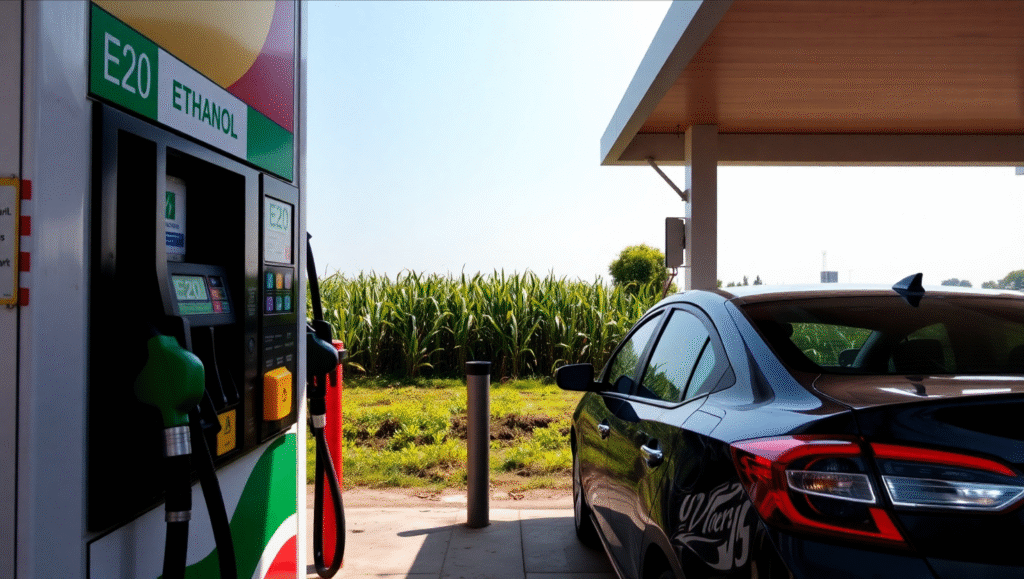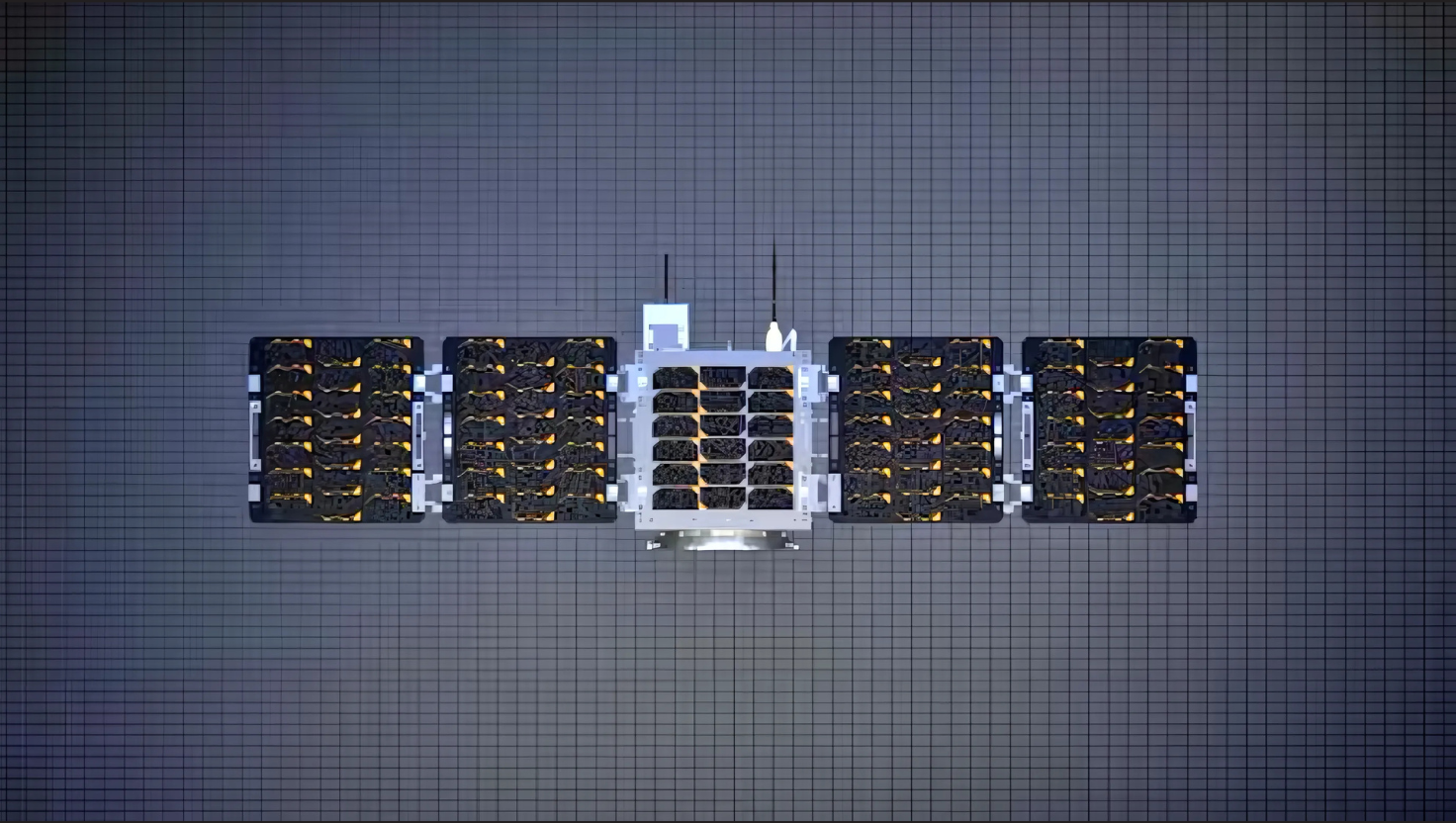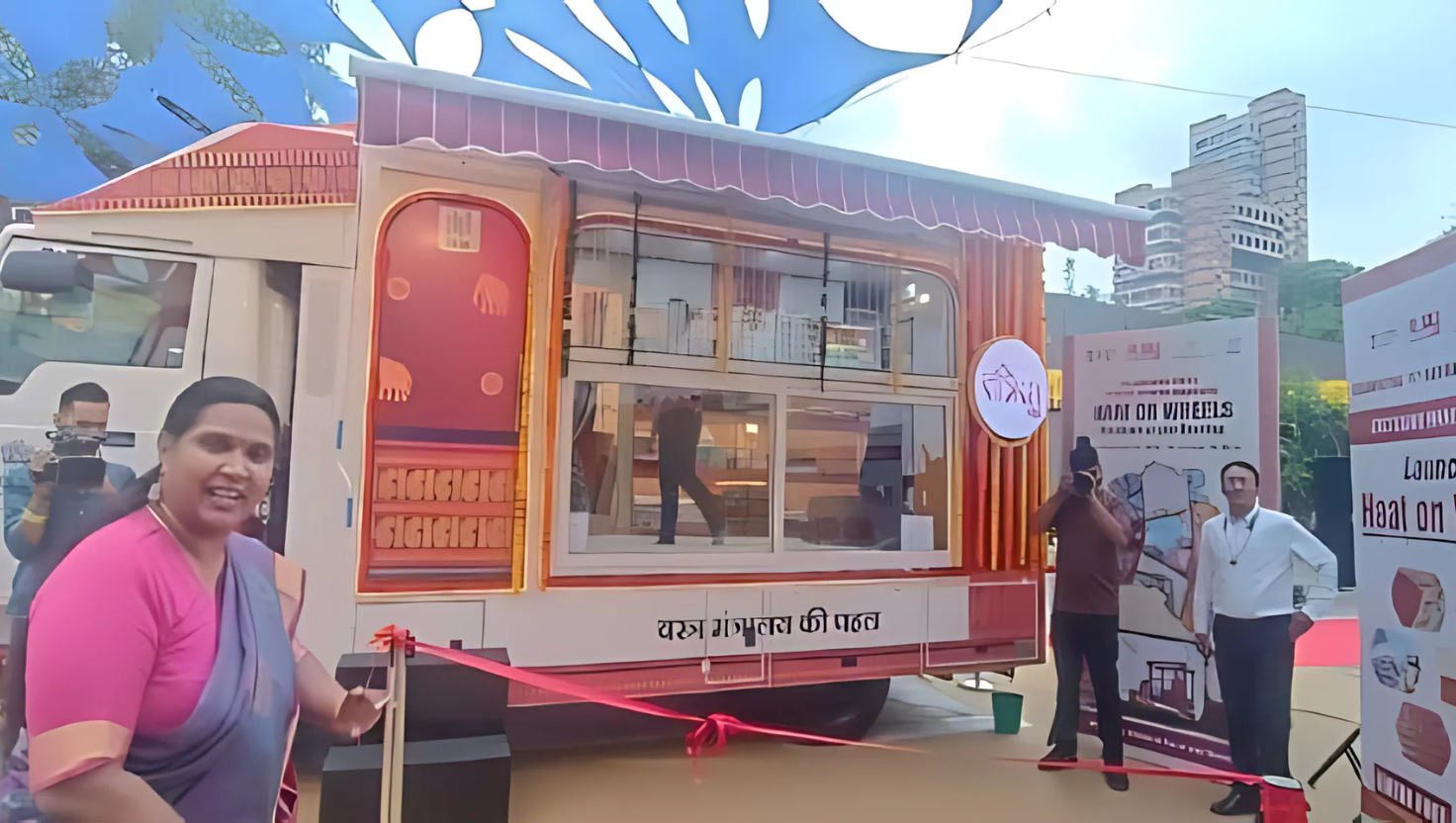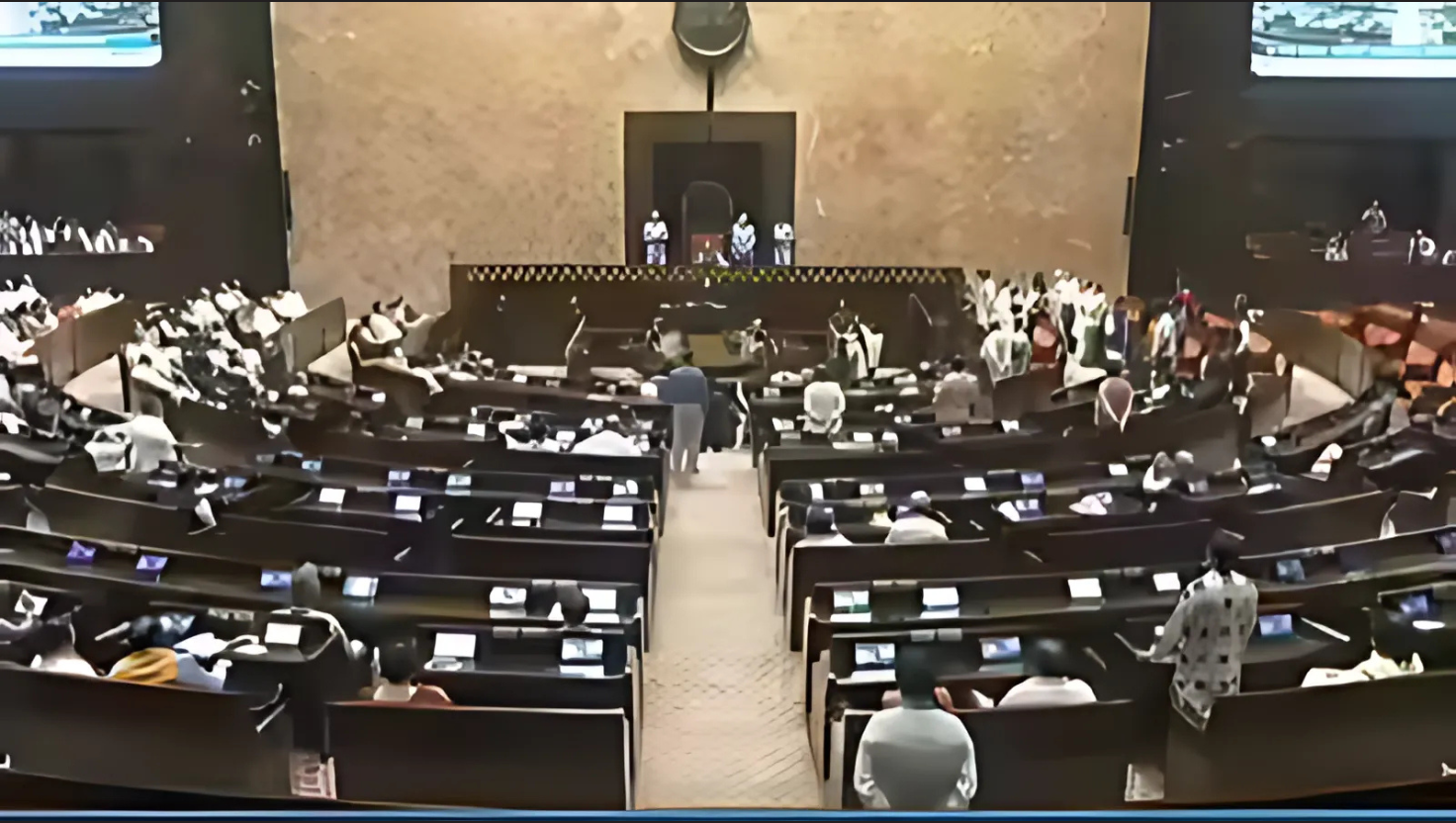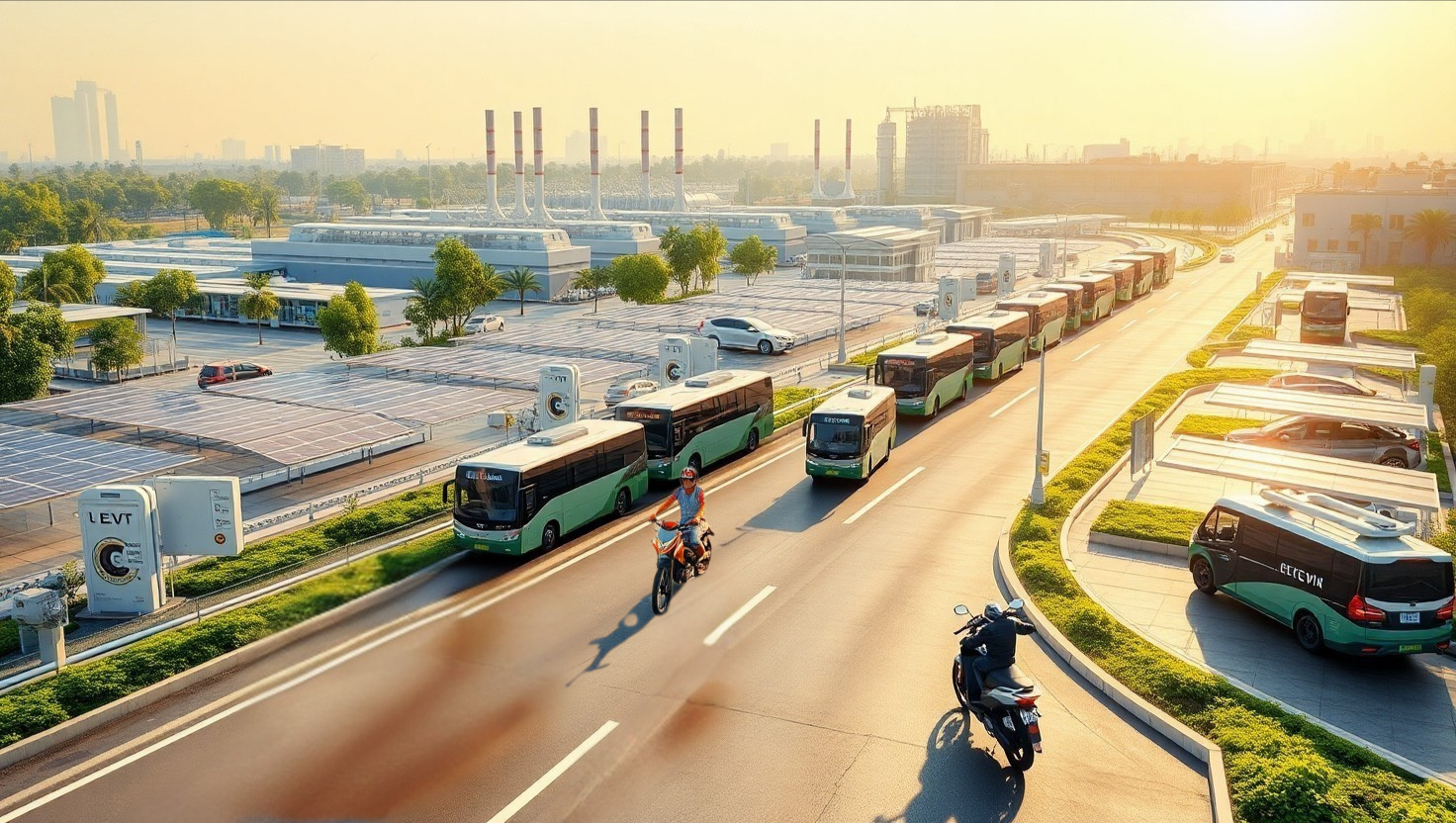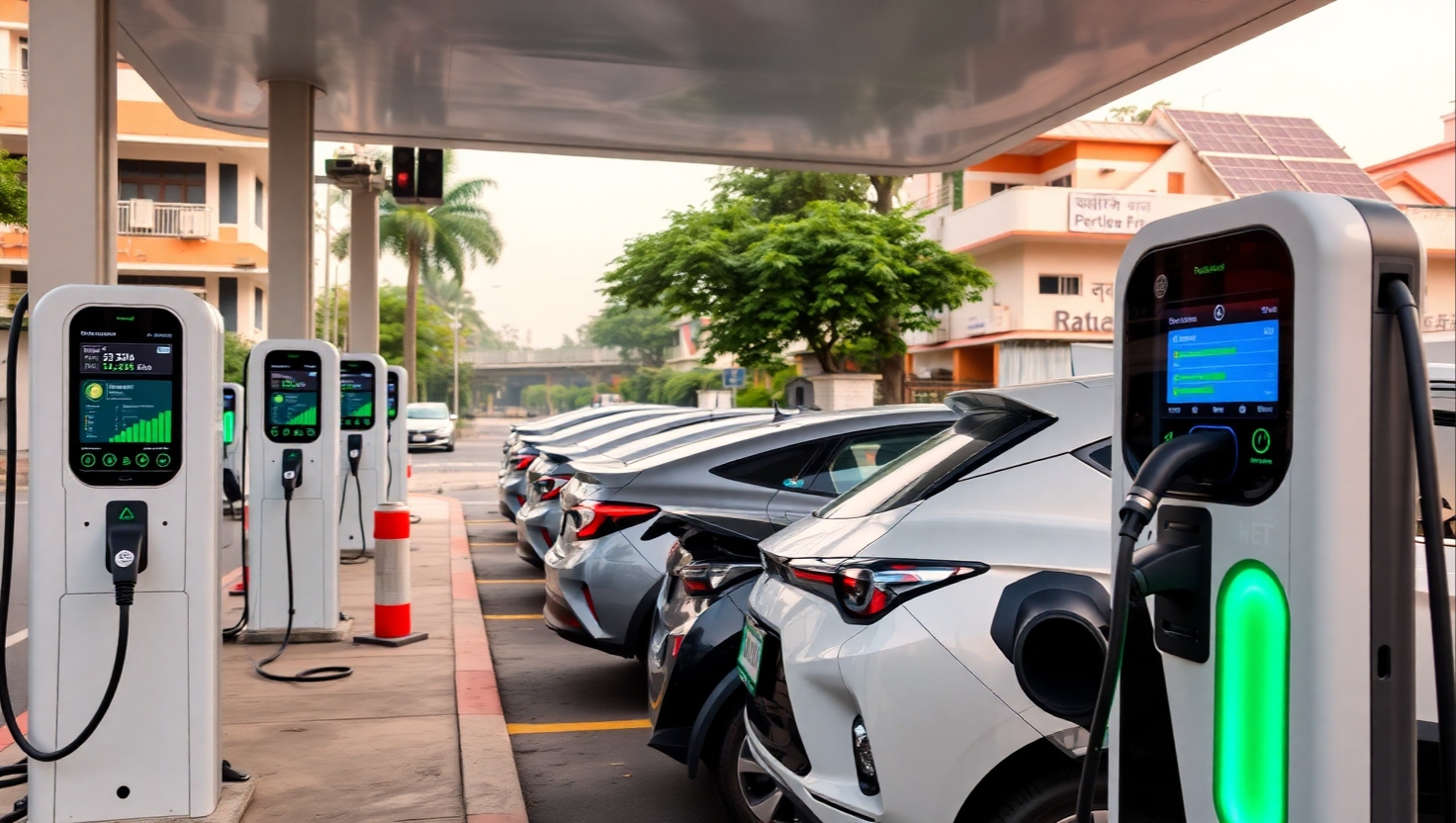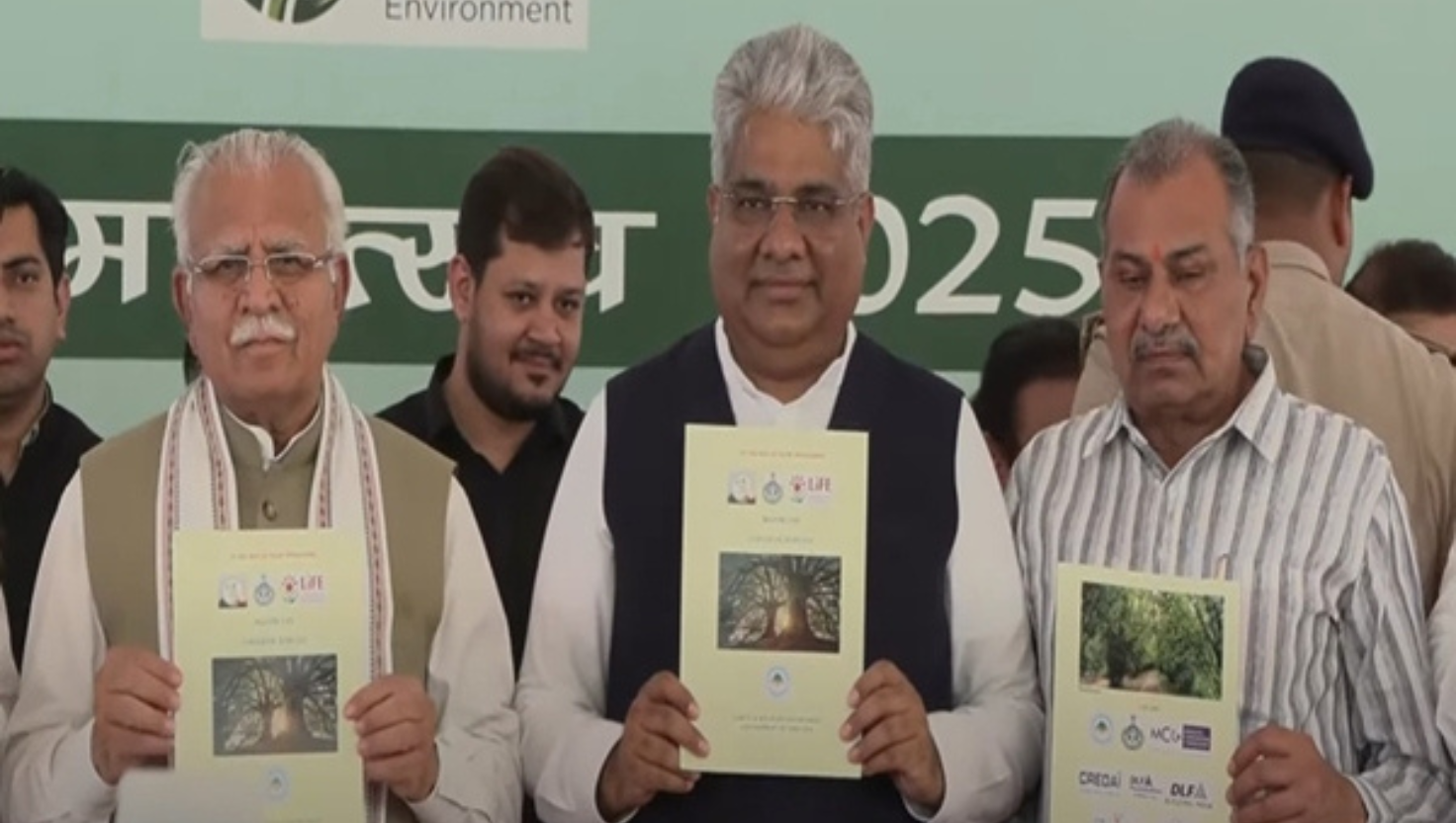Ethanol Blending in India: Cleaner Fuel vs Engine Efficiency Challenges
Syllabus: Energy (UPSC GS III)
Source: Business Standard
Context
India has achieved the target of E20 (20% ethanol-blended petrol) by early 2025, ahead of its original 2025–26 deadline. While this progress strengthens energy security and sustainability goals, it also raises concerns over vehicle compatibility, fuel efficiency, and infrastructure preparedness.
What is Ethanol Blending?
Definition:
Ethanol blending involves mixing ethanol, a renewable biofuel derived from biomass (sugarcane, maize, rice, etc.), with petrol in specific ratios (e.g., E10, E20).
Benefits:
- Reduces carbon emissions and improves air quality
- Lowers crude oil imports, saving ₹1–1.5 lakh crore annually
- Supports rural economy and promotes renewable energy
India’s Ethanol Blending Journey
- E10 target achieved by 2022
- E20 achieved ahead of target by March 2025
- E30 blending aimed by 2030, with increased use of 2G bioethanol
Key Government Initiatives
GOVERNMENT SCHEMES PROMOTING ETHANOL PRODUCTION
- Ethanol Blended Petrol (EBP) Programme
- Launched in 2003
- Target: 20% blending by 2025–26
- Increased blending from 1.53% in 2014 to 20% in 2025
- National Policy on Biofuels (2018)
- Encourages use of multiple feedstocks (e.g., molasses, sugarcane juice, corn, rotten potatoes)
- Allows use of FCI surplus food grains
- Supports income generation for farmers and stock management
- PM JI-VAN Yojana (2019)
- Promotes second-generation (2G) ethanol production from agricultural waste like rice straw
- Aims to reduce crop burning and improve air quality
- Interest Subvention Scheme
- Provides financial support to sugar mills and distilleries for ethanol production expansion
- RUCO Initiative (Repurpose Used Cooking Oil)
- Promotes production of biodiesel from used cooking oil
- Expands India’s biofuel basket
- Target:
- Government has set an ambitious goal of achieving 20% blending by 2025, up from the earlier 15%
Infrastructure and Technology Development
- Vehicle Compatibility: Guidelines issued for E20 and E100-compliant vehicles
- Fuel Retailing: Over 17,000 petrol outlets now retail E20 fuel
- Dedicated Infrastructure: Work underway on ethanol-compatible pumps, pipelines, and storage systems
Global and Strategic Roadmap
- Ethanol Blending Roadmap (2020–25):
Provides phased targets and policy guidance - Global Biofuels Alliance (GBA):
India-led initiative to harmonise international biofuel efforts and share best practices
Technical and Environmental Challenges
1. Engine Corrosion and Wear
- Ethanol is hygroscopic (absorbs moisture), leading to:
- Corrosion of engine metal parts
- Breakdown of plastic/rubber components
- Fuel system clogging from stripped deposits
2. Fuel Efficiency Loss
- According to NITI Aayog–MoPNG study:
- E20 results in a 6–7% mileage drop in 4-wheelers
- 3–4% mileage loss in 2-wheelers
- No reduction in fuel price → higher per km cost for consumers
3. Performance Issues
- Higher ethanol blends affect cold starts, idling, and acceleration in older engines
4. Limited Vehicle Readiness
- Majority of two-wheelers in India are E10-compliant only
- Lack of flex-fuel vehicles and retrofitting guidelines for higher blends
5. Industry and Infrastructure Bottlenecks
- Automakers need tech upgrades and regulatory clarity
- Fuel retailers require ethanol-resistant storage and dispensing systems
- Over-dependence on sugarcane and maize may raise food security risks if not balanced by 2G ethanol
Policy Recommendations
- Vehicle Standards: Notify norms for E20-compatible vehicles and push flex-fuel vehicle production
- Mileage Compensation: Offer GST reductions or mileage-linked incentives to offset consumer costs
- Fuel Pricing Reform: Allow differentiated fuel pricing based on blend levels
- Infrastructure Modernisation: Upgrade pipelines, tanks, and pumps to handle ethanol safely
- Feedstock Diversification: Scale up 2G ethanol production from agri-waste to protect food supply
Conclusion
India’s ethanol blending programme is crucial for energy security, climate goals, and rural development. However, its success depends on ensuring technical compatibility, consumer acceptance, and infrastructure readiness. Ethanol must be a solution that fuels progress—not problems.

